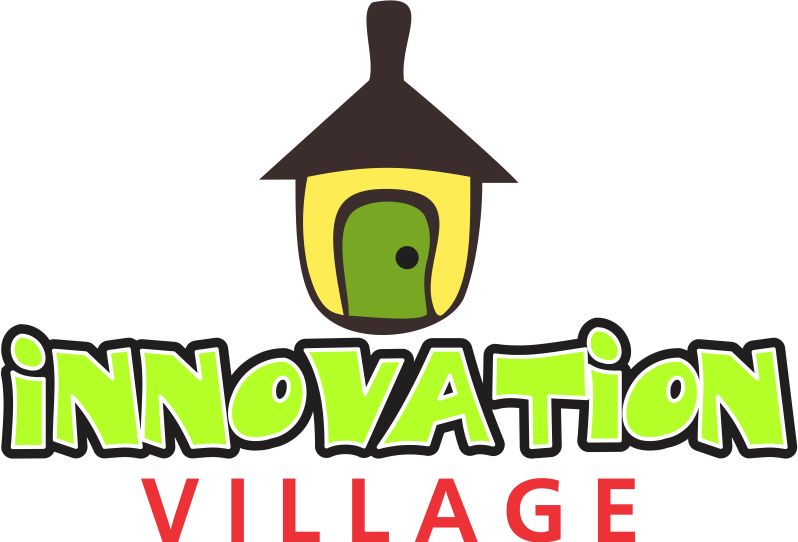Wearable technology has come a long way since the early days of pedometers and basic heart rate monitors. What once began as a niche market for fitness enthusiasts has now expanded into a booming industry influencing healthcare, fashion, workplace productivity, and even entertainment. As wearable devices continue to evolve, their potential applications stretch far beyond fitness tracking, promising to reshape various aspects of our daily lives.
Healthcare Revolution
One of the most significant advancements in wearable tech is its integration into healthcare. Devices like smartwatches are already monitoring vital signs such as heart rate, blood oxygen levels, and sleep patterns. However, the next generation of wearables is moving toward more specialized medical applications.
For example, continuous glucose monitors (CGMs) for diabetes management are becoming more accessible and non-invasive. Smart rings, like the Oura Ring, are being used to detect early signs of illness or stress. In the future, wearable devices may even incorporate biosensors capable of monitoring hormones, hydration levels, or even tracking mental health conditions like anxiety and depression.
Wearables in the Workplace
Wearable technology is also finding its place in the professional world, enhancing workplace productivity and safety. Smart glasses equipped with augmented reality (AR) are being used in industries such as manufacturing and logistics to provide real-time instructions and reduce errors.
Similarly, wearable devices can track employee movement and posture, helping to reduce workplace injuries. For remote workers, wearables can monitor productivity and mental well-being, offering insights that help maintain a healthier work-life balance.
The Rise of Fashion-Tech Hybrids
The intersection of fashion and technology is leading to wearables that are not only functional but also stylish. Smart clothing, for instance, can regulate body temperature, monitor muscle activity, or even charge your phone. High-end brands like Levi’s and Ralph Lauren are collaborating with tech companies to create connected apparel that blends seamlessly into daily life.
Wearable tech is also making strides in personal expression. Customizable smart jewelry and accessories, such as necklaces that display notifications or bracelets that change color based on mood, are allowing users to integrate technology into their style without compromising aesthetics.
Immersive Entertainment Experiences
As augmented reality (AR) and virtual reality (VR) continue to grow, wearable technology is transforming entertainment. Devices like VR headsets and haptic feedback gloves are offering immersive gaming experiences, while AR glasses are enabling users to blend digital and physical worlds for enhanced storytelling and social interaction.
Looking forward, wearable tech could revolutionize live events and performances, enabling audiences to experience concerts or sports games in entirely new, interactive ways.
The Road Ahead
While the potential for wearable tech is immense, challenges remain. Concerns around data privacy and security are at the forefront, as these devices often collect sensitive personal information. Additionally, achieving widespread adoption may depend on overcoming cost barriers and improving battery life.
Despite these hurdles, the future of wearable tech is undeniably bright. With advancements in materials, artificial intelligence, and connectivity, wearable devices are poised to become indispensable tools that enhance our health, productivity, and lifestyle in ways we’re only beginning to imagine.
From revolutionizing healthcare to redefining fashion, wearable tech is no longer just about counting steps—it’s about shaping the future.


